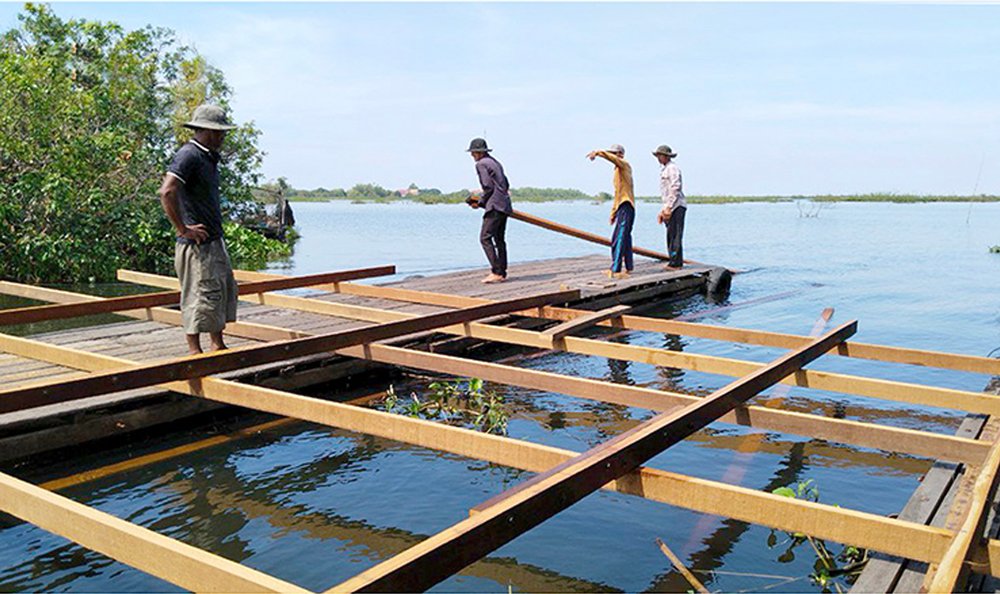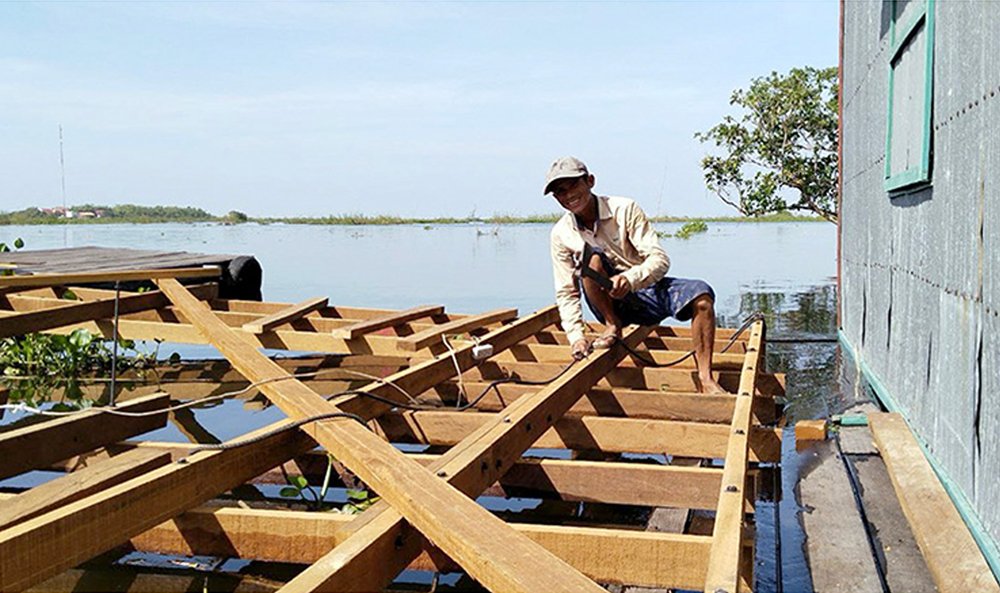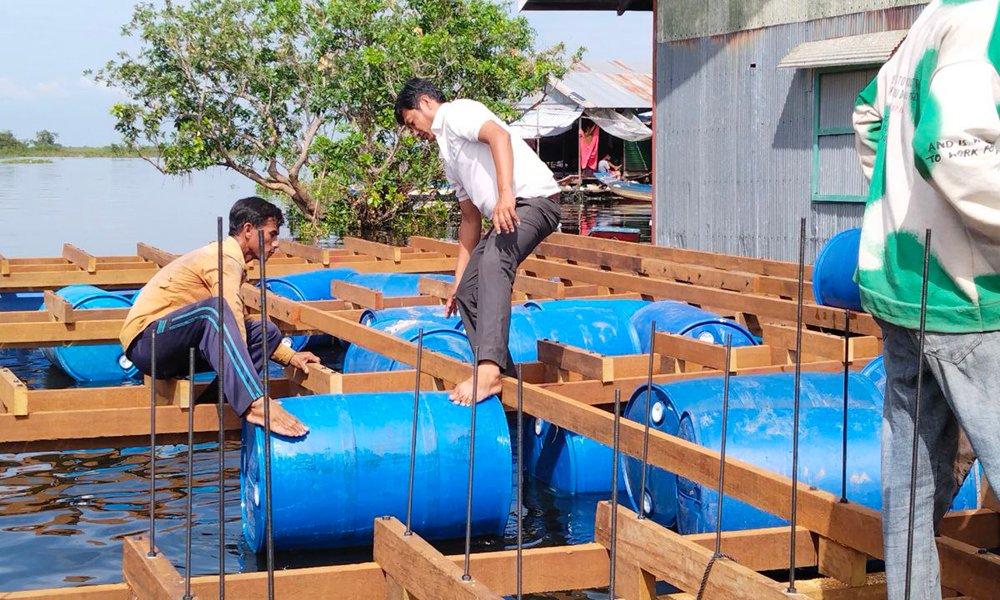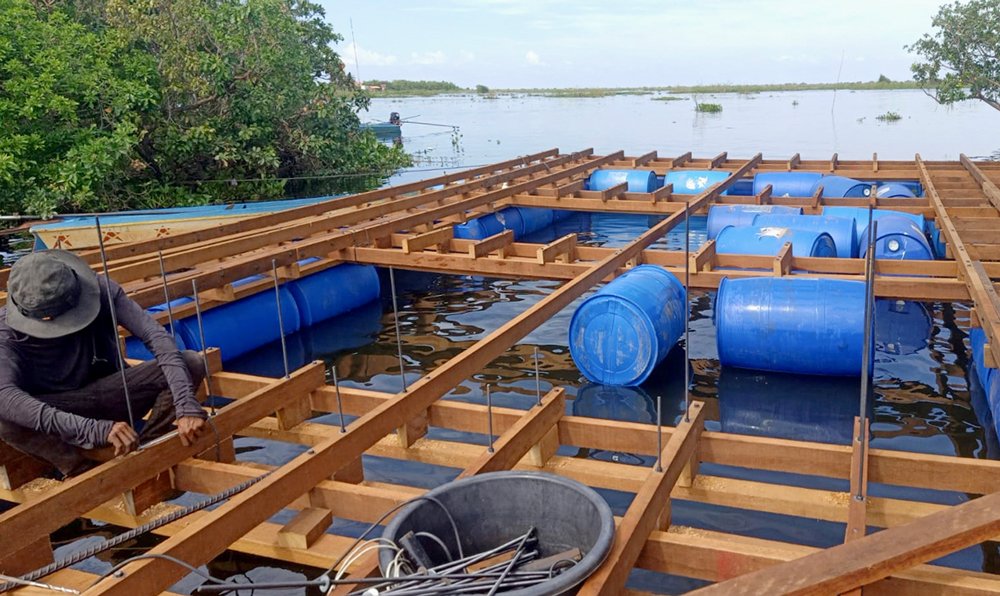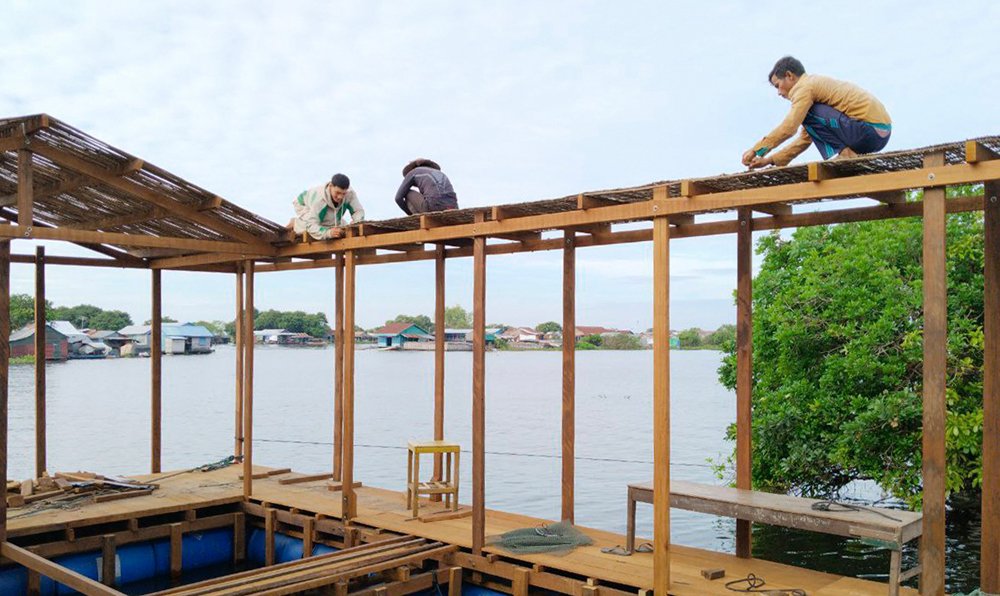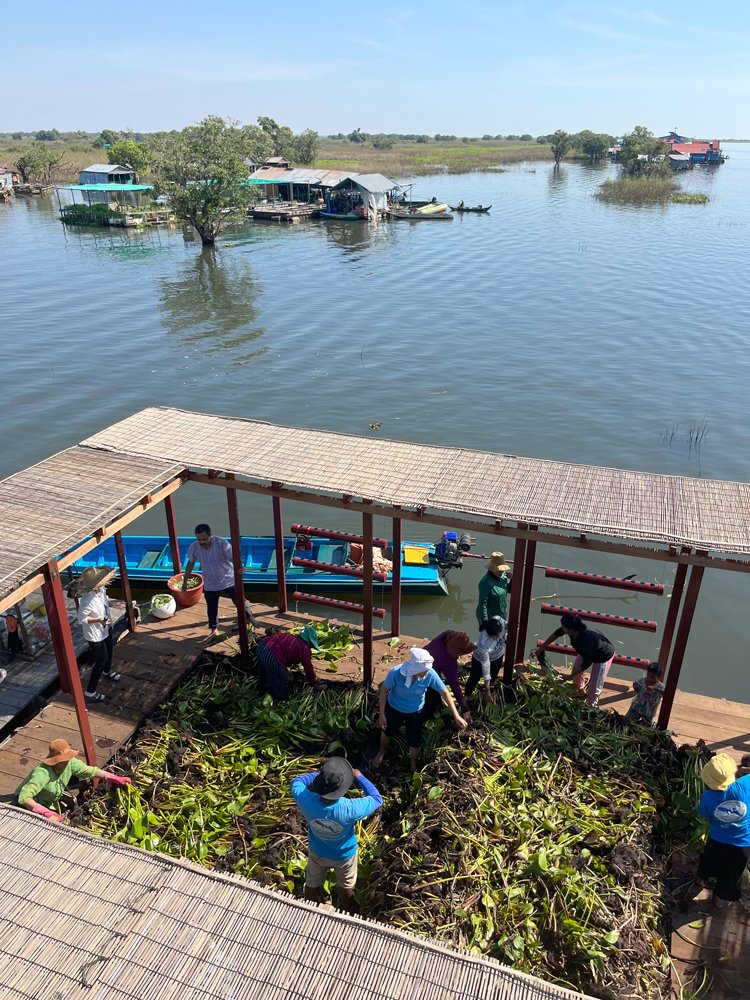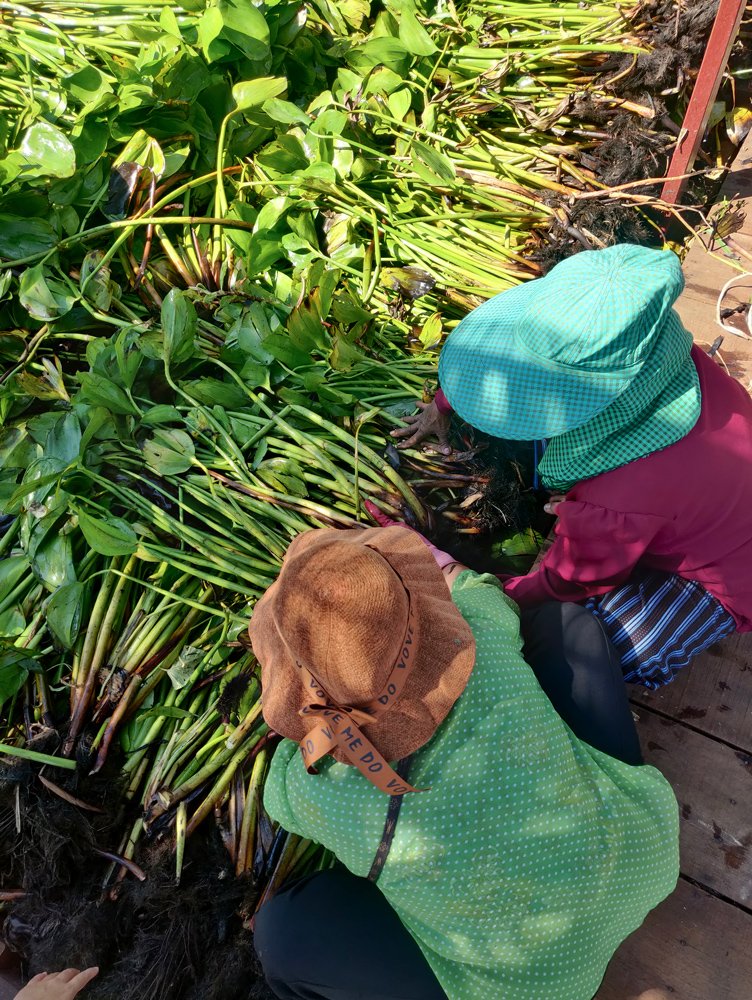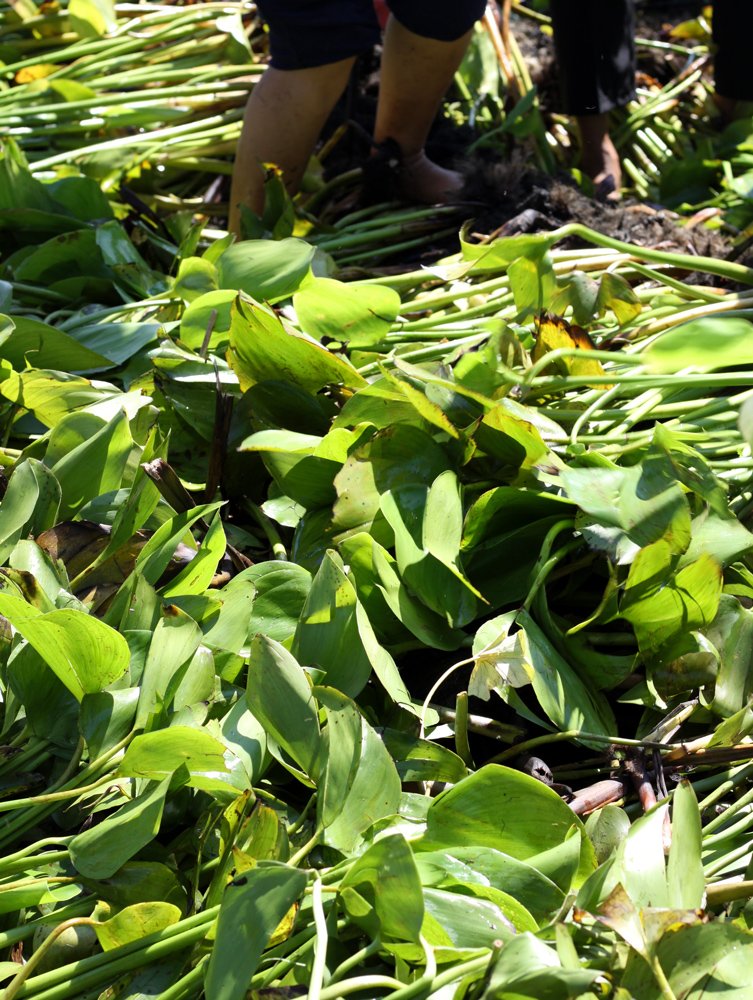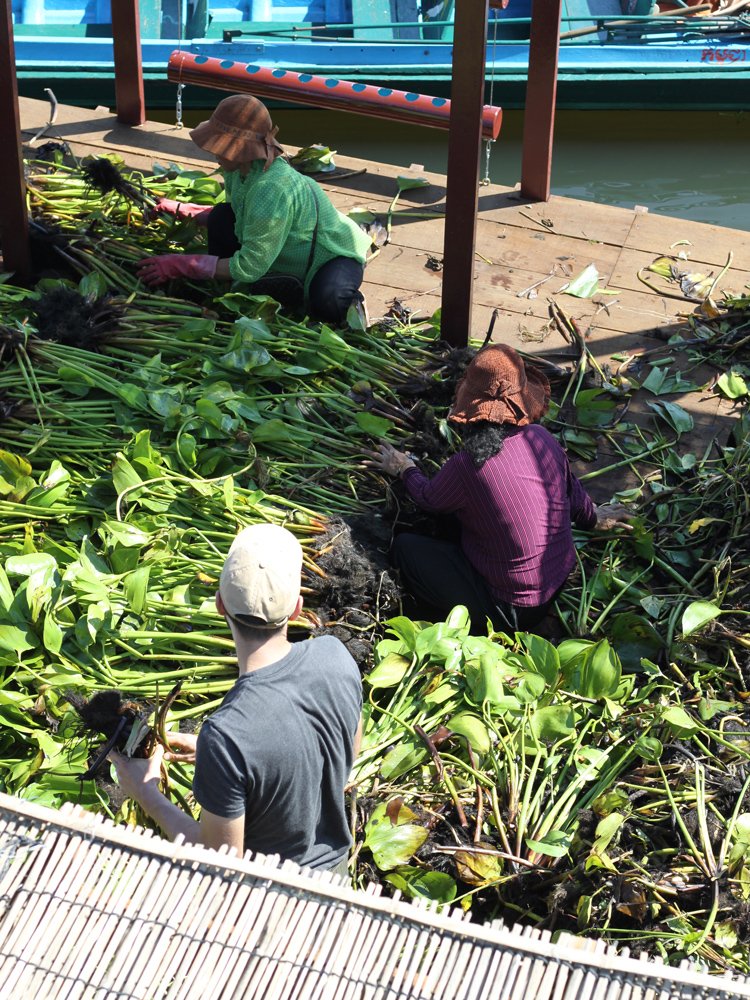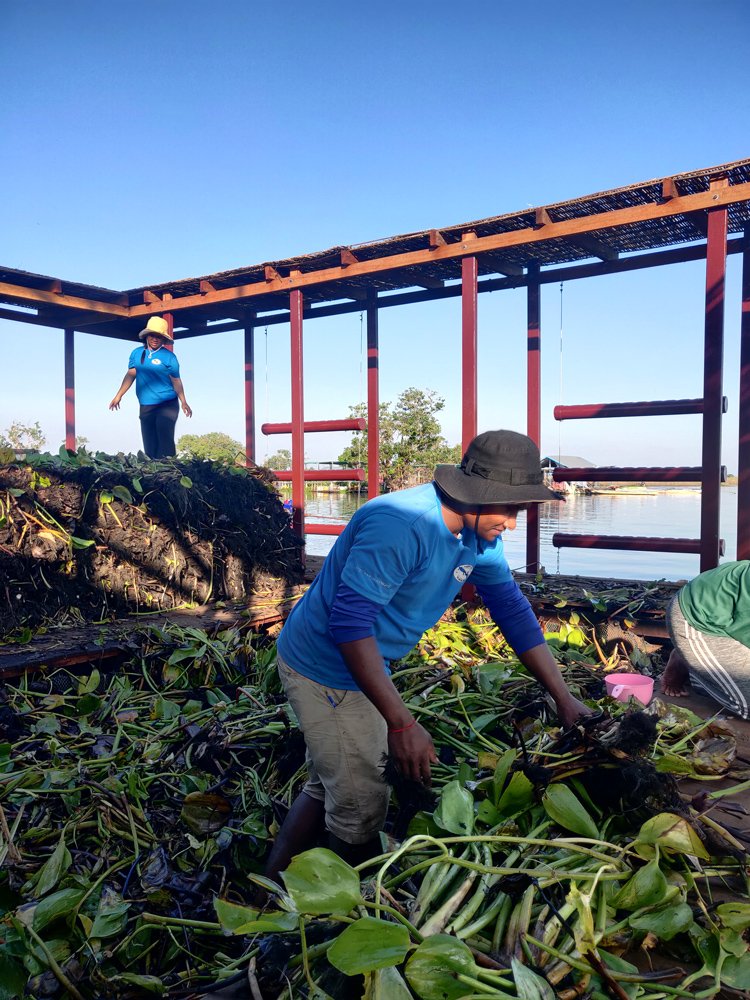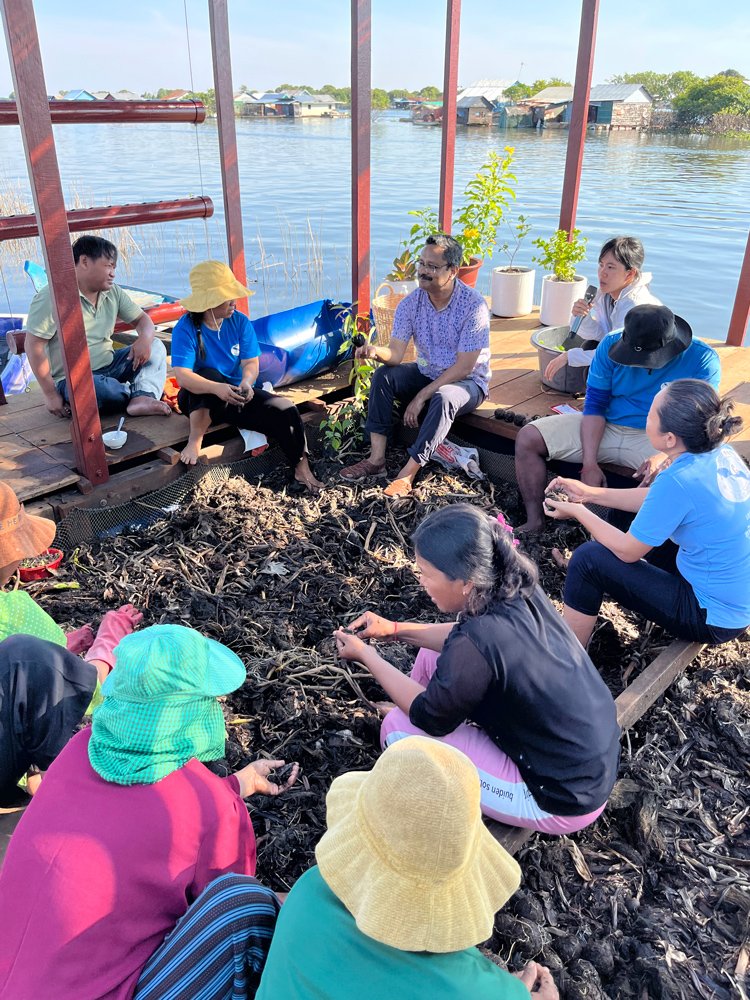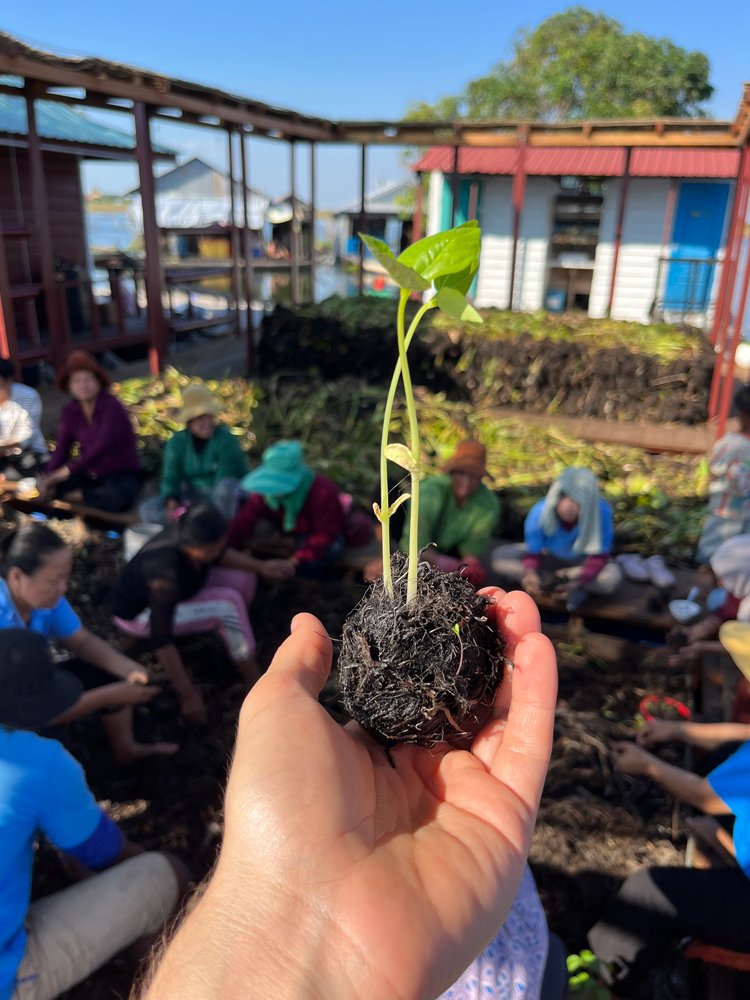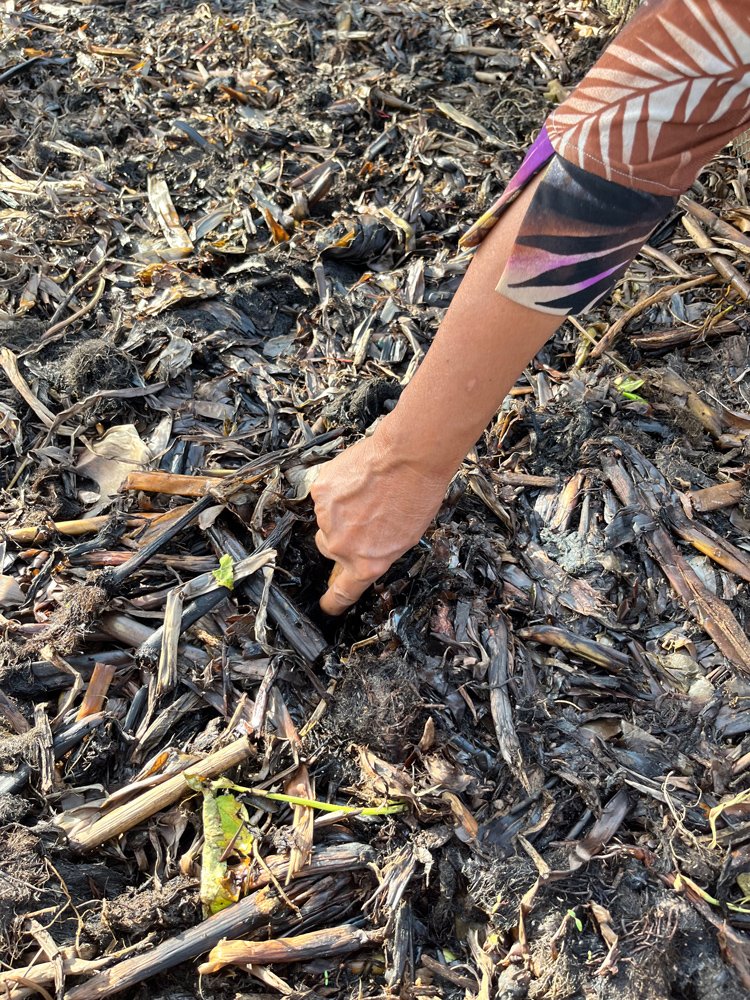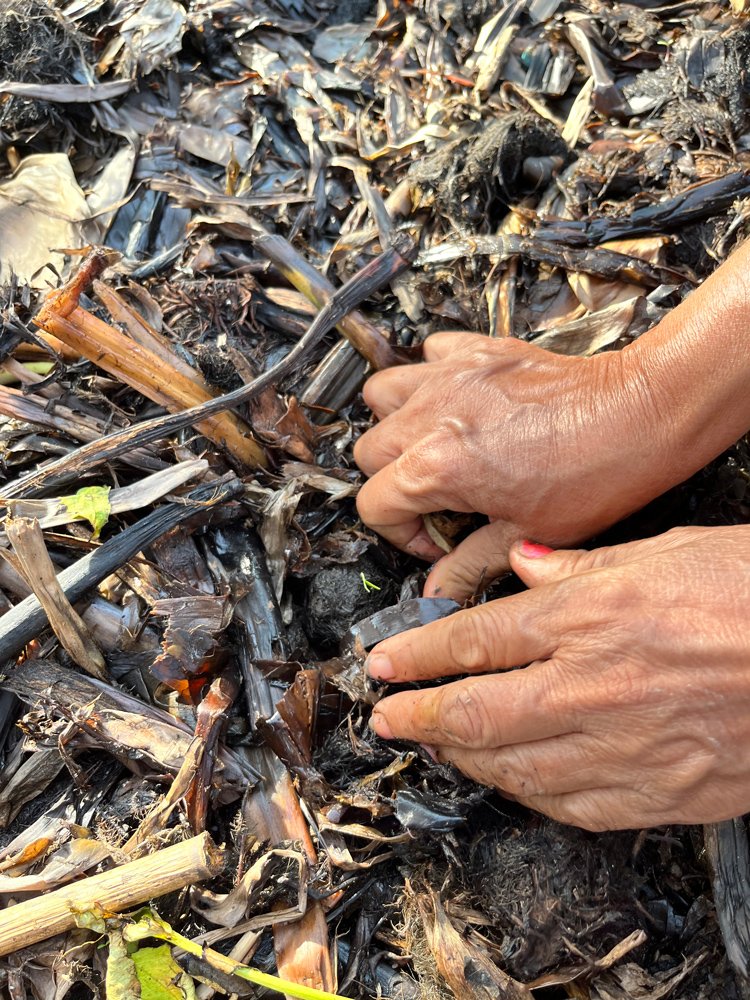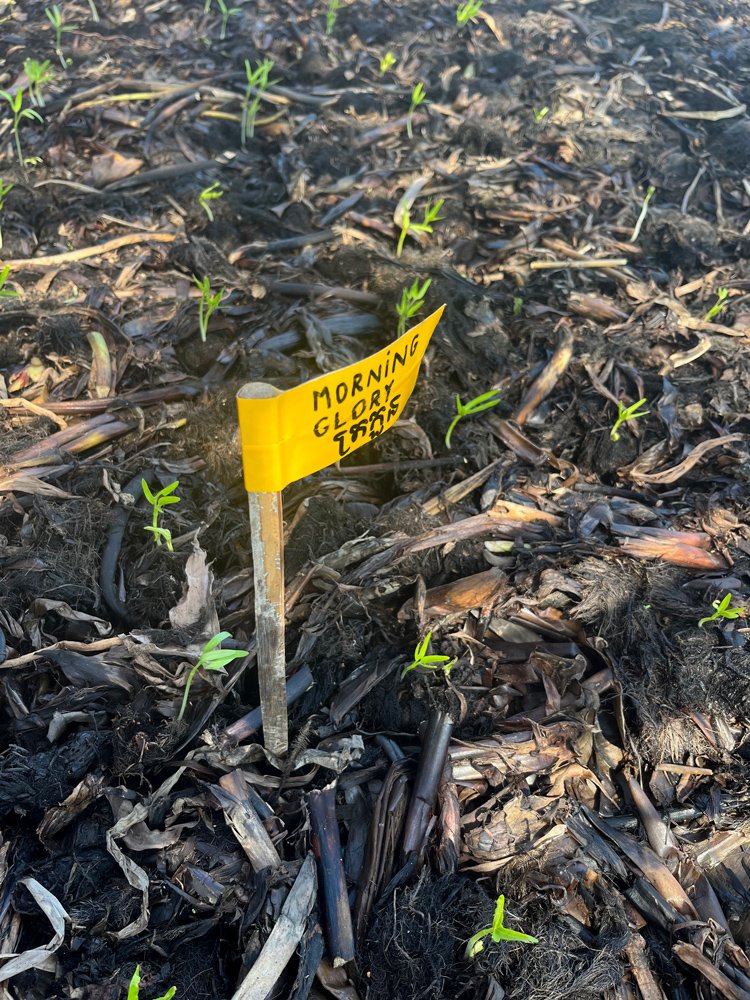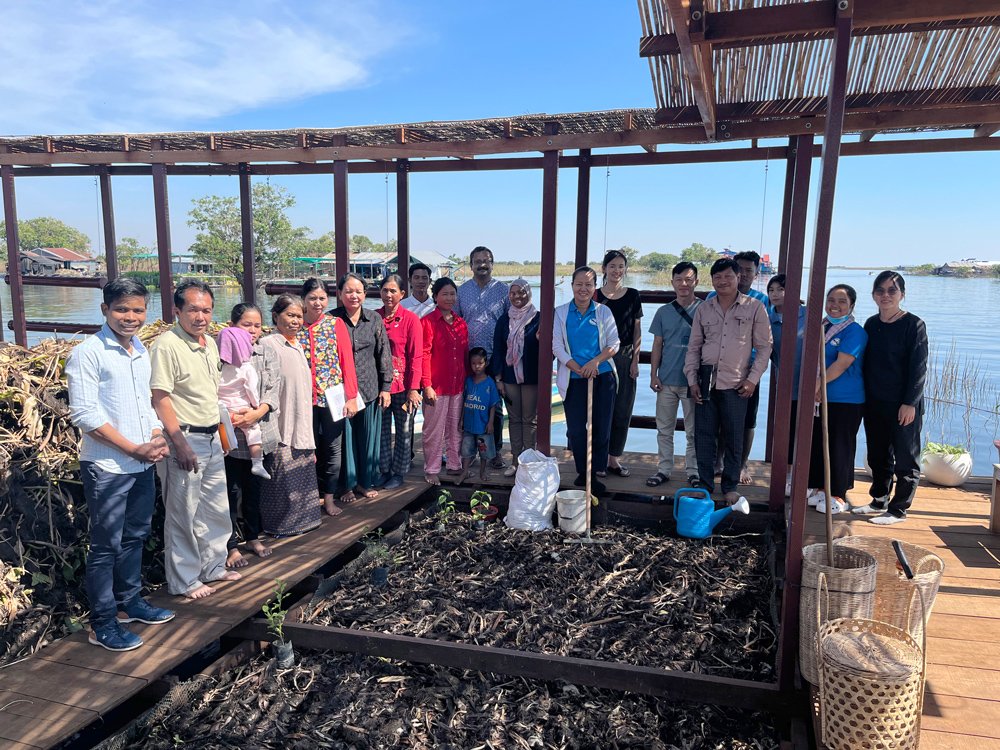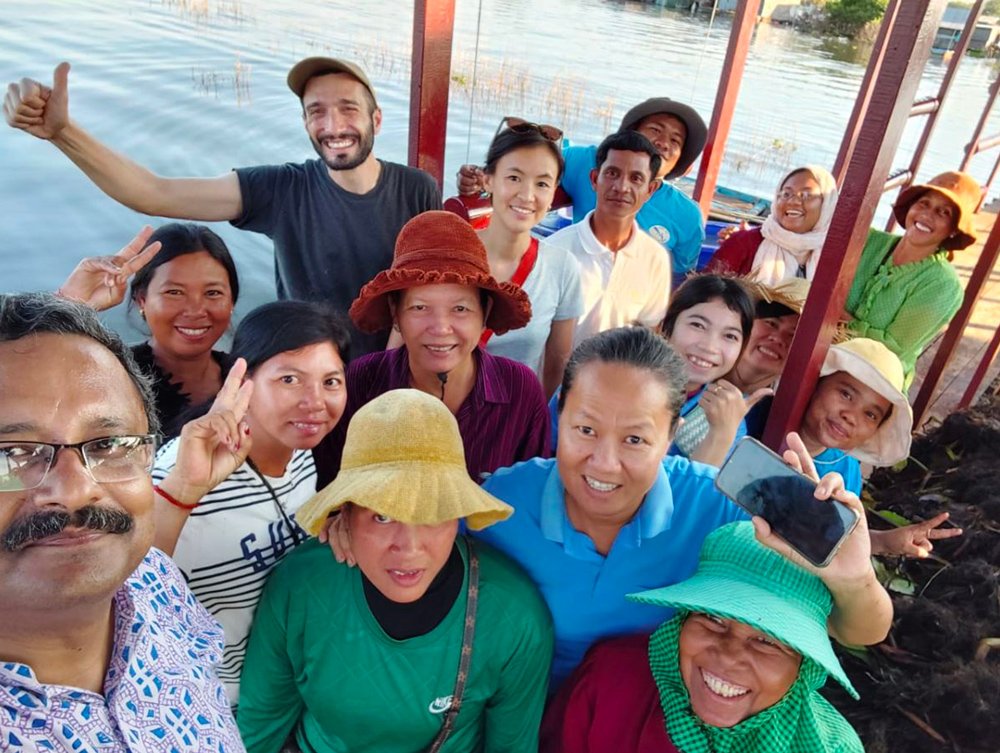Water hyacinth floating garden
i.d.o has developed a new typology of water hyacinth-based floating garden in Cambodia, and set up a new collaboration with its long term partner Osmose in order to implement this pilot project on the Tonle Sap Lake, and to help health security and the diversification of food and incomes for the inhabitants of Prek Toal floating village.
Site
Prek Toal, Cambodia
Team
- Amandine Chhor (project manager and designer)
- Aïssa Logerot (designer)
- Maxime Grison (consulting architect)
- Gilles Gauthier (consulting architect)
- Cécile Fouquet (translator)
- interns: Maxime Trassebot, Sebastien Besry
Date
2019 - 2024
partners
- Osmose (local collaborator)
- The Lake Clinic Association
- The GRET Ngo
- Haseeb Md. Irfanullah (expert in aquaculture technologies and aquageoponics systems)
- Sonia Shahid (consultant in business models for social enterprises)
SUBSIDIEs
- Agence des Micro-Projets
- Swiss Solidarity Tourism Foundation
- Foundation dB’Human
Context
Prek Toal village is situated on the Tonle Sap Lake, about one hour by boat from Chong Khneas harbor, in Siem Reap province in Cambodia. Its inhabitants, mainly fishermen, live with the seasons and the high and low water levels of the Mekong river, in houses made of floating wooden platform and surrounded by water. Tonle Sap Lake, the largest lake in Southeast Asia, was recognized as a Biosphere Reserve by Unesco in 1997.
However, climate change, the construction of dams on the Mekong river, fish retention and intensive fishing have had a strong impact on the deterioration of the Tonle Sap ecosystem, its water level and its biodiversity, as well as on the quality of life of the villagers, whose comfort and financial resources have decreased significantly. With few sources of income and a rising cost of living, the poorest families are not able to meet their needs anymore. They prioritize their houses’ maintenance costs (buoyancy, solidity) over food and good health conditions. Because fruits and vegetables brought from dry land are too costly, many families mainly feed from rice and fish, which consequently creates severe nutritional deficiencies for children and adults.
Construction of the floating garden’s wooden platform and structure
The floating garden
In close collaboration with Prek Toal villagers and local association Osmose, we designed a demonstration vegetable garden (pilot project), which would make it possible to experiment with this specific aquaculture technique, using quantities of available water hyacinth: an invasive, nocive and surabondant aquatic plant. With about 40 square meters of cultivation on water hyacinth beds, this garden would also offer a collaborative and permanent place to make social interactions easier and to propose regular trainings, as well as passageways around the gardens to protect them from river currents and provide better working conditions for the villagers.
Its structure, inspired by local architecture, would meet the constraints of comfort and use linked to the objectives of the garden, namely the installation of solid stakes, the provision of a work space, and the hanging of educational panels on the functioning and model of the garden.
Collecting the water hyacinth plants that surround the floating village
The project progress
After three years of analysis, research and conception, the floating garden was finally built in November 2022, and we accompanied this stage and supervised the inception workshop held in December 2022. Inviting several stakeholders of the region, as The Lake Clinic, The Wildlife Conservation Society (WCS), the GRET, and our Bangladeshi experts Dr Haseeb Irfanullah and Sonia Shahid, we proposed the participants several lectures to offer a global vision of the issues and challenges that await agriculture in Cambodia, and a practical training to learn the techniques and process to make a proper water hyacinth floating garden.
Inception workshop: practical training (substrates)
The next steps
The first year of experiments has started. It will allow us to understand the potentialities, constraints and limits of the floating garden, to explore the diversity of crops and seeds that are compatible with water hyacinth beds, to enable the villagers to become familiar with agro-ecological techniques (so as to harvest organic vegetables), to welcome kids and visitors in order to create an intergenerational dialog on nature-based solutions, and to adapt and adjust when facing issues or unexpected challenges. We are also currently working on a system of tools to allow a sustainable monitoring and regular follow up of the crops’ growth and development of the floating garden's economic model. At the end of this first year, we will assess and measure the social impact, before considering scaling up the project to other floating villages.
Inception workshop: practical training (seedballs)
Stakes of the project:
Environmental
- by promoting a healthy and sustainable agriculture
- by using superabundant and harmful water hyacinth as raw material, float and natural fertilizer
- by offering an alternative to fish for the community's food supply and therefore fighting against overfishing
Economic
- by enabling families to increase and diversify their income sources, and to develop their autonomy and independence from the tourism sector
Socio-cultural
- by supporting the exchange of expertise and the transfer of skills through the training of families regarding the creation and maintenance of individual floating gardens
- by offering children educational and practical workshops on the issues of agro-ecology, hydroponic techniques and food diversification.
- by preventing deficiencies and promoting food diversification and the supply of essential nutrients through the consumption of fruits and vegetables
Health
Innovation
- by providing a place where to share ideas and transmit little known techniques such as water hyacinth-based floating gardens.


